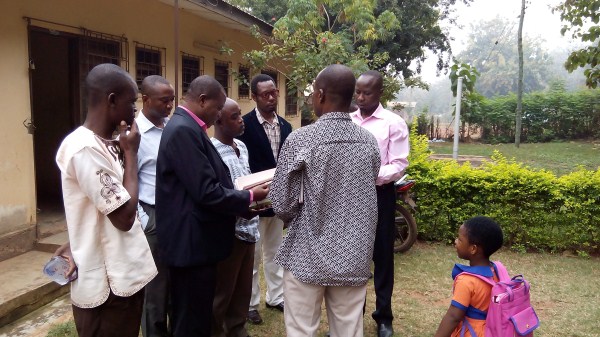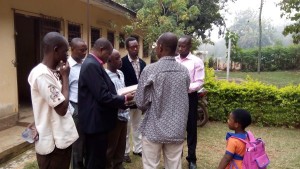
The efforts to reduce child and maternal mortality have focused predominantly on improving access to healthcare services. As a result the Ministry of Health/Ghana Health Service has played a leading role. Yet, it is very challenging that, many children die before their fifth birthday and with infant mortality rate of 2/3 of all deaths in under five years children and almost the same magnitude for neonatal mortality with simultaneous deaths of pregnant women.
Among many causes like diarrhea, pneumonia, malaria, measles, Aids, malnutrition that are contributing to deaths, there are other behavioral practices that accounts to these challenges.
Despite the implementation of various strategies it is obvious that supply side interventions will not succeed in achieving the Millennium Development Goals especially on MDGs 4 and 5 that focus on – Reducing under five mortality by two thirds and reducing maternal deaths by three quarters respectively.
To create a platform, raise awareness, and empower the voiceless to gain voices, what is required is a demand side approach that empowers women and men in communities through I. E. & C. on health and healthcare services and the benefits of utilizing healthcare services as well as on rights, responsibilities and entitlements through dialogues at engagement workshops including relevant stakeholders and vulnerable groups or all inclusive participation to share ideas, to educate and to influence policy issues.
The challenges facing our society today is to empower households and communities with the knowledge and practical support needed to reduce suffering, illness, and death more effectively than in the past. The obstacles to better health in our communities have been due to deep-seated problems that impede the establishment of enabling environment.
Weakness of political commitment, disinclination to appropriate a larger share of government funds for health purposes, hierarchical and centralized structure of public sector programs and policies, focus on supply side dominated by an inefficient public sector.
Unique locations have been identified based on the unique circumstances of those areas including Tain district. The district is characterized with low level of education and low level of health facilities, dispersed nature of settlements, poor roads and the influx of the youth as a result of the construction of the Bui Dam which has a high rate of teenage pregnancy, Maternal and neonatal health illiteracy, low use of modern contraceptives which needs serious attention.
It is in the light of this that, this support is being requested from FHI in addressing the situation.
The project will employ strategies which are consistent with the Ghana Health National Strategic Framework .The project will be implemented for a period of 8 months with a budget of GH¢,12,822.7 out of which FHI facility will provide GH¢12,301.7 and Resource Link Foundation will provide Ghc521.00 as well as stakeholders supports.

